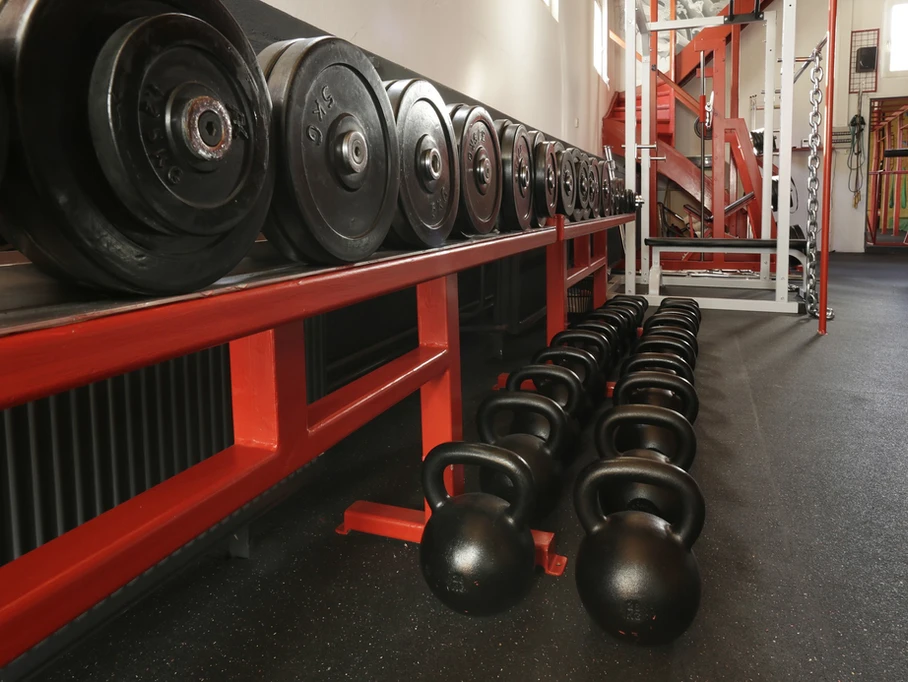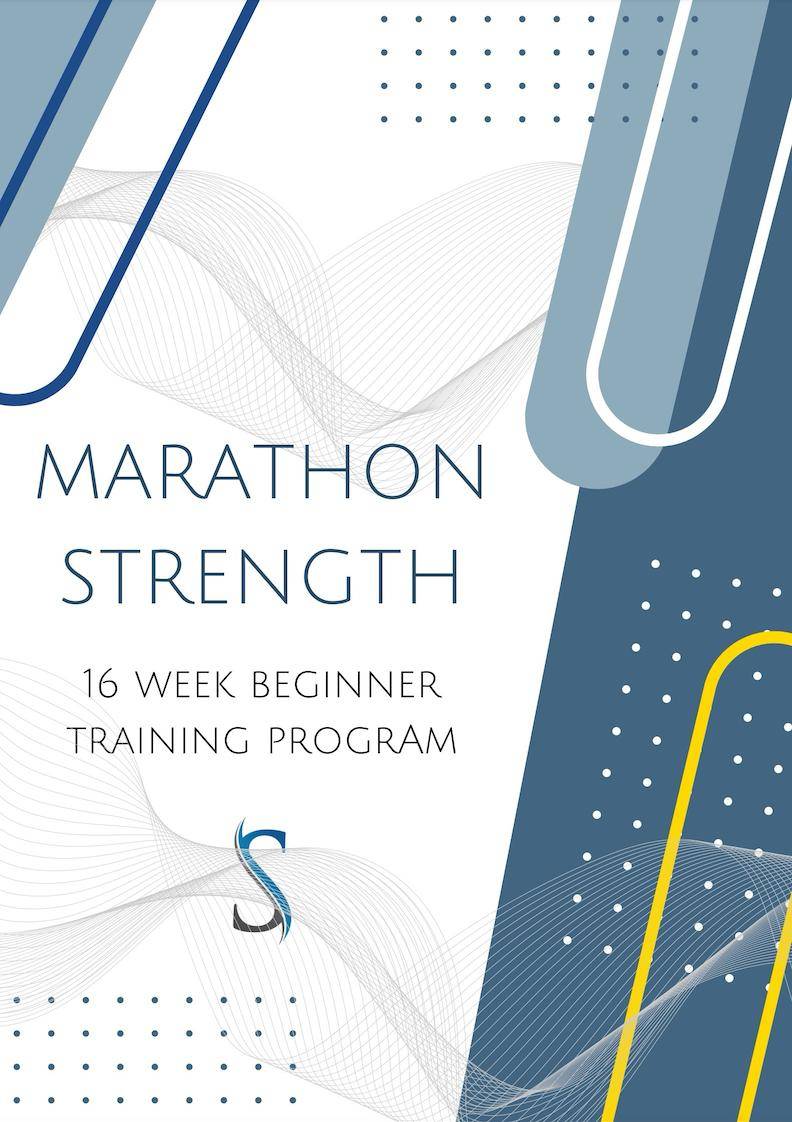
The Importance of Strength Training for Teen-aged Athletes
According to the Aspen Institute, 73.4% of teenagers participated in some form of organized sports in 2020. That equates to more than 21 million teenagers participating in sports ranging from cycling to swimming, track and field to wrestling. Soccer and basketball maintain their stronghold as the most popular sport for teen-aged participation, but the COVID-19 pandemic has provided a pretty big glow-up for the more individual sports of golf and tennis.
It is anticipated that even as record breaking numbers of kids are participating in sports, the rate of participation will continue to grow. Additionally, once kids reach their teen-aged years, specializing in one sport becomes more common. Growing numbers of coaches, parents and athletes are believing that in order to succeed and excel in their sport, they must play that sport year round. However, early specialization can lead to not only burn out, but it can also kick off ‘overtraining syndrome’ and injury.
If you’re not an athlete (or the parent of an athlete) that plays multiple sports year round, consider adding a strengthening program to your practice schedule. Coaches are (hopefully) aware of the benefits of strength training their athletes, but often times their practice times are eaten up by technique work, limited resources and facilities or limited training in how to best introduce a strengthening program.
In 2012, the National Academy of Sports Medicine reported that young athletes who strength train can improve gross motor skills, reduce body fat, increase muscle mass and improve psychosocial well-being, as well as increase the bone mineral density (thus preventing bone injury as they age). Furthermore, the addition of strength training, with its significant change of scenery and effort can refocus an athlete that might be getting tired of the grind of long, continuous practices.

Most importantly, when done appropriately, strength training may also reduce the risk or severity of sports-related injuries (Dahab & McCambridge 2009). Safety and ensuring good technique are clearly of the upmost importance. Good program design and communication can determine the overall effectiveness of a new strength program.
So. If you are the parent of an athlete that is looking to excel in sport (either one sport or several), consider the addition of strength training to their program. If you’re not sure where to start, Streamline Physical Therapy offers a full body diagnostic screen to help identify possible problem areas and to help point you in the right direction. Call to set up today!


